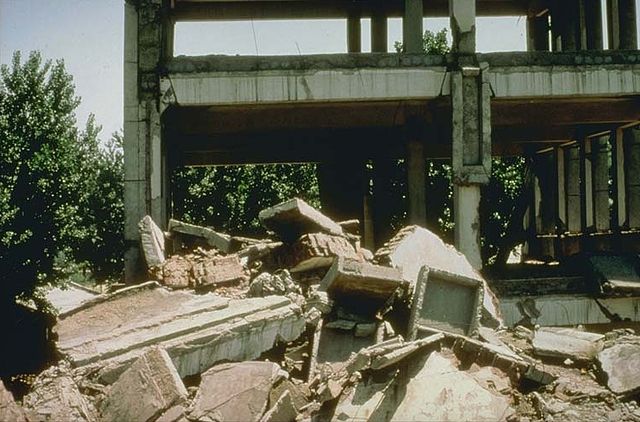The Tangshan earthquake, which struck on July 28, 1976, in northeastern China, was one of the deadliest earthquakes in recorded history. Here are key points uncovering the devastation and impact of the Tangshan earthquake:
-
Magnitude and Epicenter:
- The Tangshan earthquake had a magnitude of 7.5 to 7.8, and its epicenter was near the industrial city of Tangshan in Hebei province, approximately 140 kilometers southeast of Beijing.

- The Tangshan earthquake had a magnitude of 7.5 to 7.8, and its epicenter was near the industrial city of Tangshan in Hebei province, approximately 140 kilometers southeast of Beijing.
-
High Casualty Toll:
- The earthquake caused widespread devastation, resulting in a tragically high loss of life. Estimates of the death toll vary, but it is believed that between 242,000 and 655,000 people lost their lives. The uncertainty in the figures is partly due to the political climate at the time, as the Chinese government was not transparent about the extent of the disaster.
-
Structural Damage:
- Tangshan, a city with a population of over one million, suffered severe structural damage. Many buildings, including homes, factories, and public infrastructure, collapsed during the earthquake, contributing to the high casualty toll.
-
Communication Breakdown:
- The earthquake occurred during a time of political upheaval in China, and there was a breakdown in communication and information dissemination. The government’s response was delayed, and the lack of immediate assistance further exacerbated the impact on the affected population.
-
Impact on Infrastructure:
- Critical infrastructure, such as roads, bridges, and railways, was severely damaged, hampering rescue and relief efforts. The destruction of infrastructure also contributed to the difficulty in providing medical assistance and transporting supplies to those in need.
-
Humanitarian Response:
- In the aftermath of the earthquake, there was an international outpouring of support, including aid and assistance from various countries. However, due to political considerations, the Chinese government was initially hesitant to accept foreign aid and assistance, which may have slowed down the recovery efforts.
-
Long-Term Psychological Impact:
- The Tangshan earthquake left a lasting psychological impact on the survivors. Many individuals and families faced the trauma of losing loved ones and the challenge of rebuilding their lives amidst the physical and emotional scars left by the disaster.
-
Reconstruction Efforts:
- The Chinese government launched extensive reconstruction efforts to rebuild Tangshan and other affected areas. The reconstruction process included not only rebuilding infrastructure but also addressing issues of urban planning, seismic resilience, and disaster preparedness.
-
Lessons Learned in Seismic Preparedness:
- The Tangshan earthquake highlighted the importance of seismic preparedness in earthquake-prone regions. Subsequent to the disaster, there were advancements in earthquake monitoring, building codes, and engineering practices in China to enhance resilience against seismic events.
-
Legacy of Tangshan:
- The Tangshan earthquake remains a significant event in the history of seismic disasters. It led to increased awareness globally about the need for disaster preparedness, especially in densely populated urban areas situated near fault lines.
The Tangshan earthquake serves as a somber reminder of the devastating impact earthquakes can have on communities and the importance of effective disaster preparedness, response, and recovery strategies. The lessons learned from Tangshan have contributed to advancements in earthquake engineering and policies aimed at minimizing the impact of seismic events.









